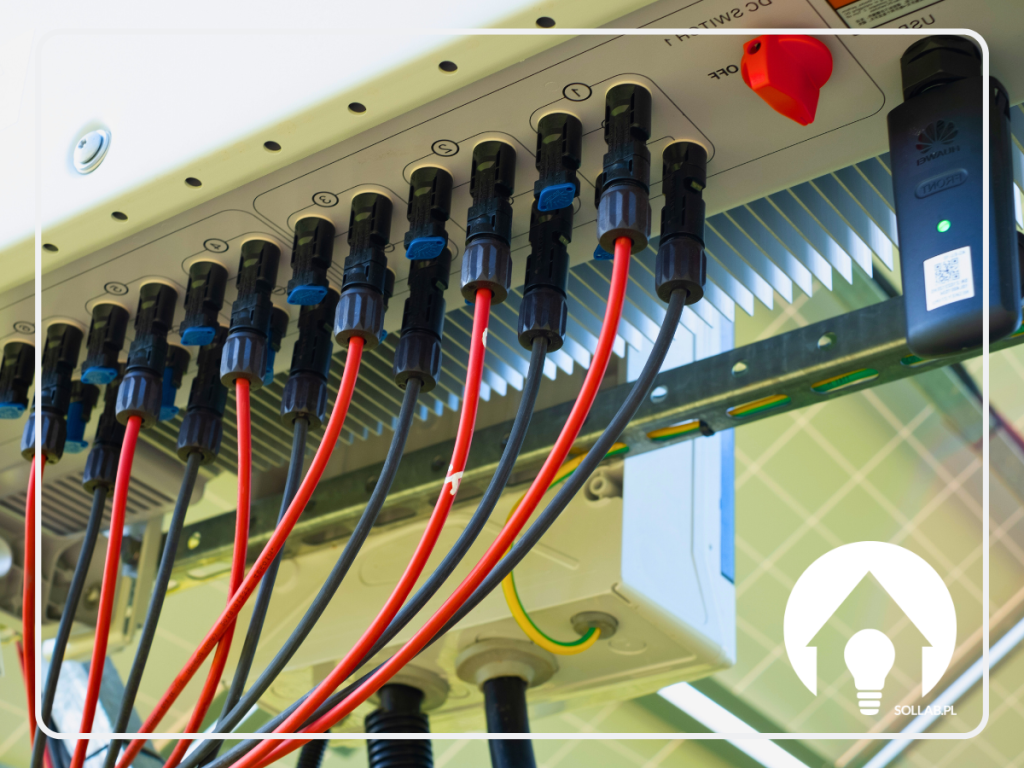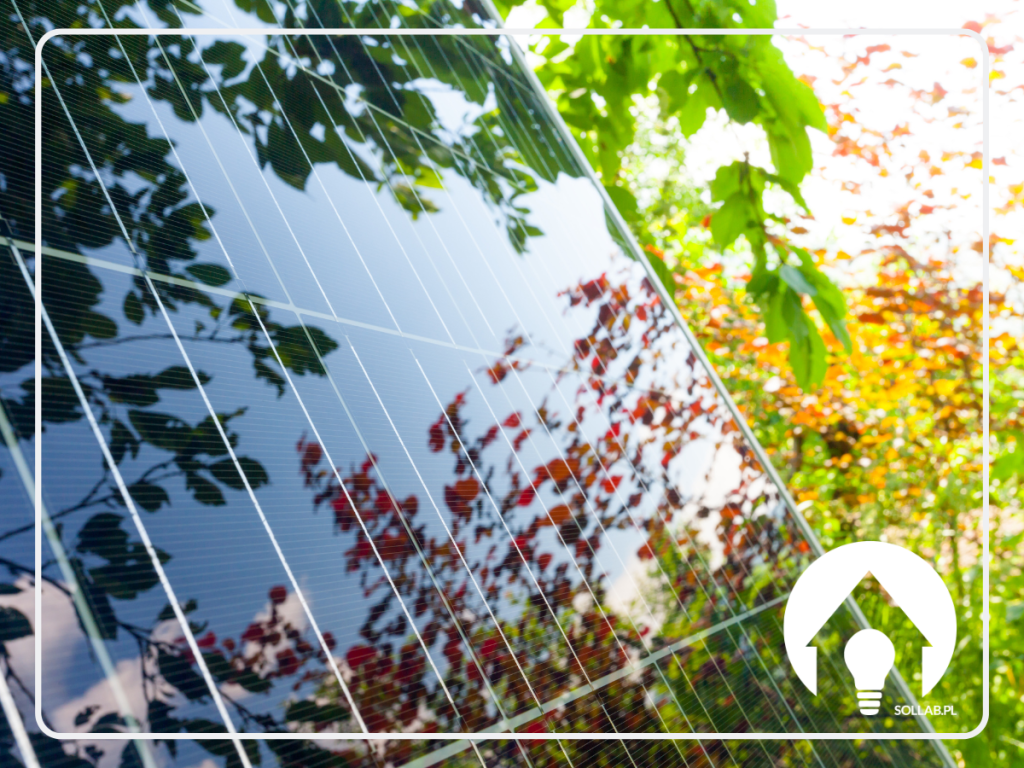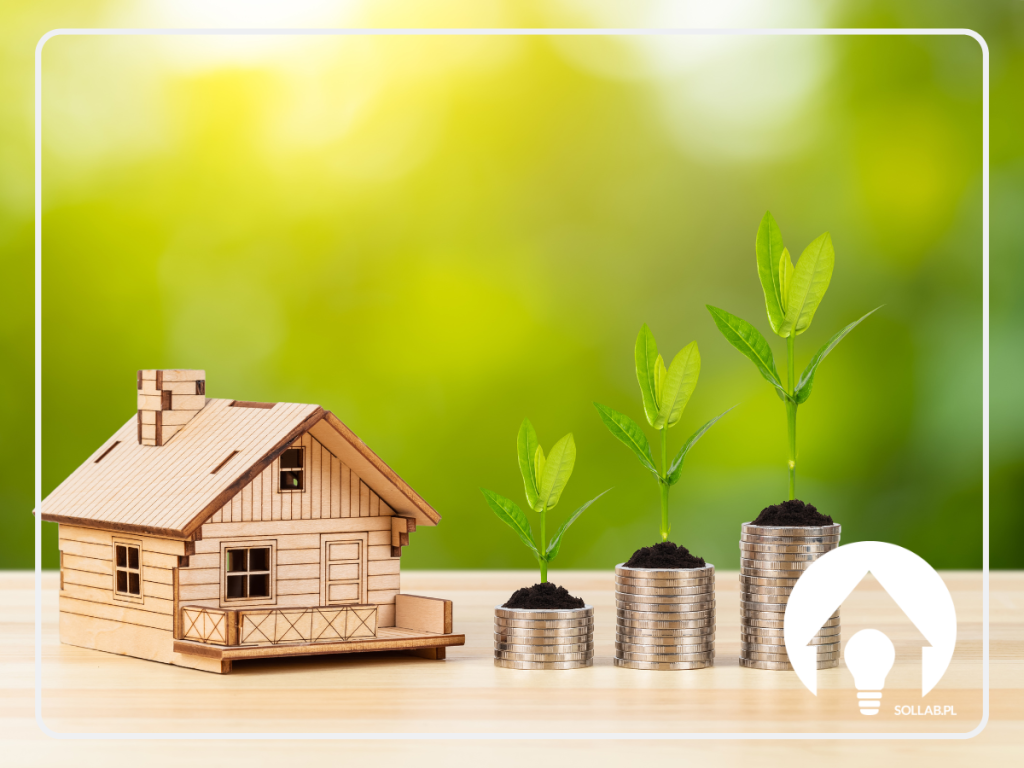Single-phase or three-phase heat pump - which to choose?
In an era of increasing environmental awareness and the search for efficient energy solutions, heat pumps are a key component of modern heating systems. These devices allow a building to be heated or cooled using resources stored in the environment. Heat pumps differ in terms of power, energy source and single and three-phase. When should you go for a single-phase heat pump? What characterises a three-phase version? Which solution should you choose?
Single-phase heat pump
The single-phase heat pump has a maximum achievable voltage of 230 V and a maximum power consumption of up to 6 kW. Single-phase units are installed in areas with balanced power consumption and wherever multiple electrical appliances are not used at the same time and the equipment you have is not too energy-intensive. This type of equipment is characterised by lower prices and greater stability in the event of disturbances on the mains side.
Three-phase heat pump
If the building has a higher demand for electricity, then it will be necessary to use an installation that has a wider capacity. In a three-phase installation, the voltage is 400 V. This means that any restrictions due to the parameters of the equipment used no longer apply. The use of multiple appliances at the same time is possible. The second option will certainly be more expensive. However, the difference can be made up over the course of operation. A three-phase heat pump will prove to be significantly more efficient when the temperature outside drops below zero. Under such conditions, single-phase solutions can become overloaded, sometimes leading to the system shutting down.
What to choose - a single-phase or a three-phase heat pump?
Choosing between a single-phase or three-phase heat pump is a decision that can have a significant impact on the efficiency and cost of heating your home. To make the best choice, it is helpful to understand the key differences between the two types of pump and how these differences may affect your individual needs.
The single-phase heat pump, powered by a single phase of electricity, is a common choice in standard households. Its main advantage is its ease of installation and lower initial costs. Its lower power requirements make it ideal for smaller homes or where the heat demand is relatively low. In addition, the smaller scale of these systems often means lower noise levels and simpler maintenance.
On the other hand, a three-phase heat pump, which requires access to a three-phase power supply, is usually more effective and efficient in larger installations. It is ideally suited to large homes where the heat demand is significant. Three-phase pumps can cope better with higher loads, resulting in greater energy efficiency and potential savings in the long term. However, their larger size and complexity can mean higher initial costs and a more complicated installation.
A key aspect of choosing between the two types is therefore to assess your individual needs. Think about your anticipated heating requirements and the availability of a suitable power supply. If you live in a smaller house or building, a single phase pump may be more than adequate. However, for larger properties, especially those newly built or extensively renovated, a three-phase pump may be a better choice, offering higher performance and energy efficiency.
Remember also that choosing a heat pump is a long-term investment. It is therefore important to carefully consider all aspects, including future energy savings, installation costs, as well as potential environmental benefits. It is also worth consulting professionals who can help assess your specific requirements and recommend the most suitable solution.
Ultimately, the decision to choose a single-phase or three-phase pump should be made taking into account both the current and future energy needs of your home to ensure comfort, efficiency and cost-effectiveness for years to come.
















